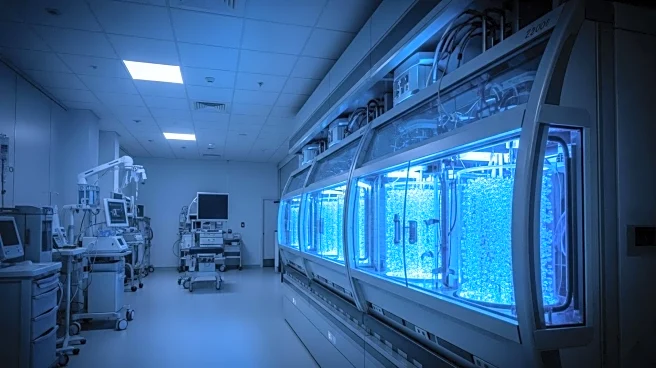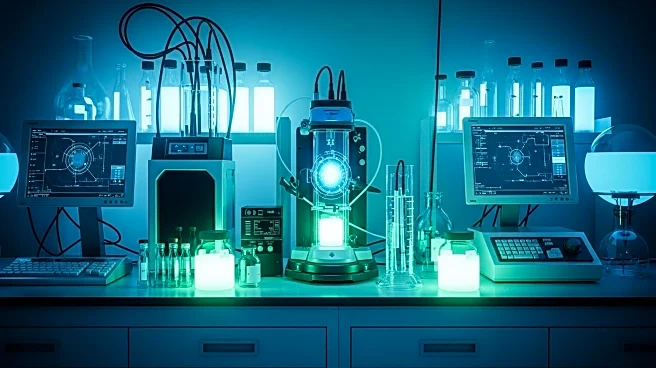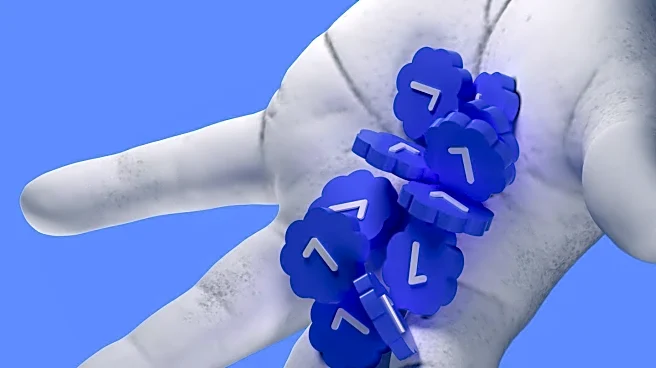What's Happening?
Engineers at the University of California, Santa Cruz have developed a wearable device called 'a-Heal' that aims to optimize wound healing. The device uses a tiny camera and artificial intelligence to detect the stage of healing and deliver personalized treatment through medication or an electric field. This innovation is designed to make wound therapy more accessible, especially for patients in remote areas or with limited mobility. Preclinical tests have shown that wounds treated with a-Heal heal approximately 25% faster than those receiving standard care, highlighting its potential for chronic wound therapy.
Why It's Important?
The development of the a-Heal device represents a significant advancement in medical technology, particularly in the field of wound care. By speeding up the healing process, this device could reduce healthcare costs and improve patient outcomes, especially for those with chronic wounds. The integration of AI and bioelectronics in a single device could pave the way for more personalized and efficient treatments in various medical fields. This innovation also underscores the growing importance of AI in healthcare, potentially leading to more breakthroughs in personalized medicine.
What's Next?
The research team is exploring the potential for the a-Heal device to improve healing of chronic and infected wounds. Further clinical trials are expected to assess its effectiveness in real-world settings. The device's success could lead to wider adoption in hospitals and clinics, potentially transforming wound care practices. Additionally, the technology could inspire similar innovations in other areas of healthcare, leveraging AI and bioelectronics for improved patient care.
Beyond the Headlines
The use of AI in healthcare raises ethical and privacy concerns, particularly regarding patient data. Ensuring secure data transmission and maintaining patient confidentiality will be crucial as such technologies become more widespread. Moreover, the integration of AI in medical devices may require new regulatory frameworks to ensure safety and efficacy.










